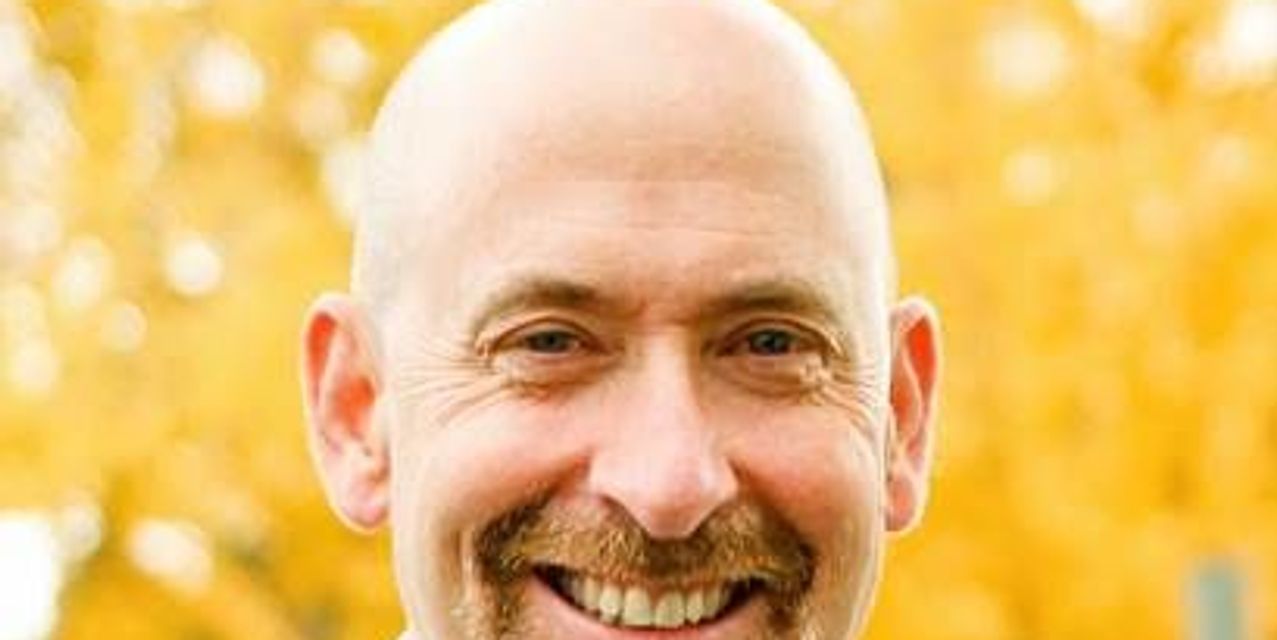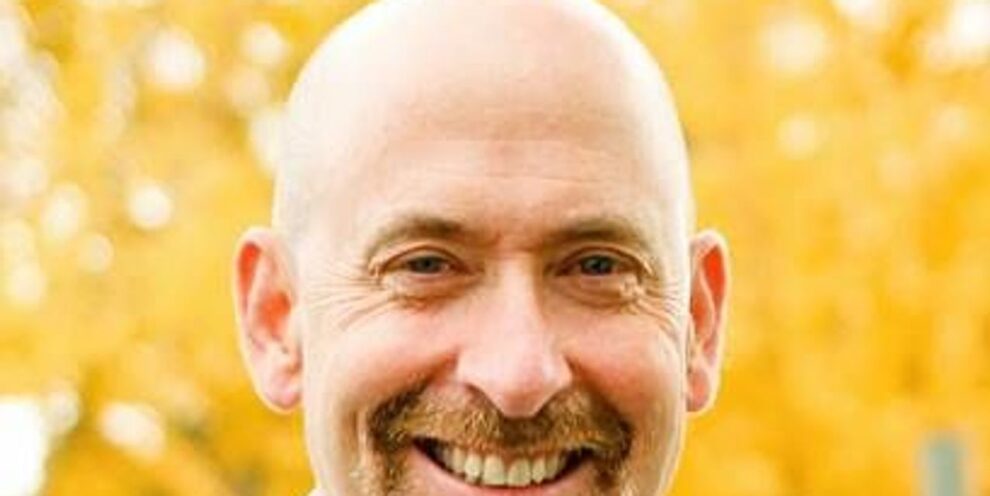
What do you wish your younger self knew about finance?
Before Tim Ranzetta, a San Francisco-based entrepreneur, co-founded Next Gen Personal Finance (NGPF), a nonprofit with a mission to bring personal-financial education to all students, he volunteered to teach a class in personal finance to ninth graders. Their hunger for financial lessons impressed him.
“As an entrepreneur you are always looking for a gap between the way things should be and the way they are,” he said. Ranzetta, a former management consultant, and Jessica Endlich, a former New York public high school principal, set up their nonprofit in 2014 with a mission to make financial literacy courses in high schools mandatory by 2030.
There are 46 proposed bills pending in 20 states to incorporate financial education into high schools, although not all of those bills would make it mandatory. Last year, three states made sure high-school students would take a one-semester course in personal finance — Nebraska, Rhode Island and Ohio — and in 2022 Florida and Iowa followed suit.
What’s the No. 1 financial lesson you wished you learned at a young age?
“Start investing in index funds at as young an age as possible,” Ranzetta told MarketWatch in an interview this week to mark National Financial Literacy Month. “People can get intimidated about buying an individual stock rather than a basket of stocks. But you can’t beat the power of compounding.” Most of compounded interest is reinvested and earns more money. In fact, some people say compounding is such a revelation that it’s close to miraculous.
As Riley Adams, creator of the Young and the Invested website, puts it, your money snowballs over time with compounding. “The benefits of compounding apply to virtually all families. Start contributing $10 per day to your child’s college savings account when they are 1 (assuming a 6% annual return), by the time they’re 18 they would have about $120,000 saved.”
Giving young people access to that type of insight is just one of many reasons why Ranzetta and Next Gen Personal Finance lobbies state legislatures, state departments of education and even local districts to encourage mandatory personal-finance education in high schools. The organization provides free training for teachers, and helps develop curricula for high schools, and also offers over 40 free modules for teachers to develop their own skills.
What was the most surprising thing about your young students?
“They were students seeking to be the first in their family to go to college,” Ranzetta said. “There was a ripple effect. I started getting calls from their parents about budgeting and investing. I even accompanied one student’s father to help him open a brokerage account.”
He found that teachers as well as students often need to sharpen their financial-literacy skills, and build their own confidence to teach personal finance classes. In other words, everybody wins — students, teachers and their parents. But there’s a long way to go. Currently, only one in three students in the U.S. will be required to take a personal-finance course before they graduate.
What personal-finance advice do you have for Americans?
“Just the general awareness of being a skeptical consumer,” Ranzetta said. “Don’t assume because someone is saying they’re giving you a loan that you will have the ability to pay it back. Paying for college has changed dramatically. It’s such a big decision for young people today. If you’re considering continuing your education after high school, plan four or five years out.”
Times have changed since Ranzetta went to college. (He paid 75% of his own college costs.) “There’s never been more exhaustive detail out there to say if I get a B.A. in commerce from the University of Virginia, this is the salary from that school in the short-term and long-term,” he said. “When you’re talking about tens if not hundreds of thousands of dollars, you have to think about the return on investing.”
Check out the Department of Education’s College Scorecard to comparison-shop colleges. Students and their families can look at the median earnings and student-loan debts of a particular school’s graduates, and even compare what a psychology major may expect to make versus what an economics major. It allows people to make informed investment decisions about their future.
What complications do we bring to our financial lives?
We all have cognitive biases that can lead to big financial mistakes throughout our lifetime. “We’re human,” Ranzetta said. “Knowledge is not enough when it comes to personal finance. It’s about understanding your relationship to money. Every personal-finance curriculum needs to look at that. Your attitudes to money are shaped by your unique experiences.”
“Loss aversion is wired into us. We experience loss at a much greater impact than gains. It’s the same with confirmation bias. No one likes to read negative things about stocks we’re invested in. When we do read something it reinforces our views. So much of our lives have moved online. Social-media companies use that to their advantage.”
Social media is designed to take advantage of those biases, and tempt us with offers based on our previous behavior online. Ranzetta gives an example: “Only 3 left at this price! Or 5,000 people have looked at this hotel in the last few hours! That’s FOMO! It’s an area that regulators are catching up to. If they’re not going to regulate, we better educate.”
What’s the best reward for successful investing and saving?
Ranzetta is inspired by the work of organizations like The Giving Project, a Vermont-based nonprofit that encourages giving circles and online philanthropy. “Pick a cause,” he said. “The sense that people have of being able to make a difference is just incredible. Putting your money towards a purpose that is greater than yourself. It’s the joy of giving.”
“I’m one of the fortunate few. I learned this lesson,” Ranzetta added. “Both of my parents grew up in the Depression. My mom raised six kids but was also the first person to raise her hand and volunteer. As a kid you assume that everyone was raised in a similar fashion.” Which brings us full circle to his own nonprofit. “It just seemed like a wonderful opportunity to give back.”
Related: Take MarketWatch’s 2022 Financial Literacy Quiz. Will you get 10/10?











Add Comment